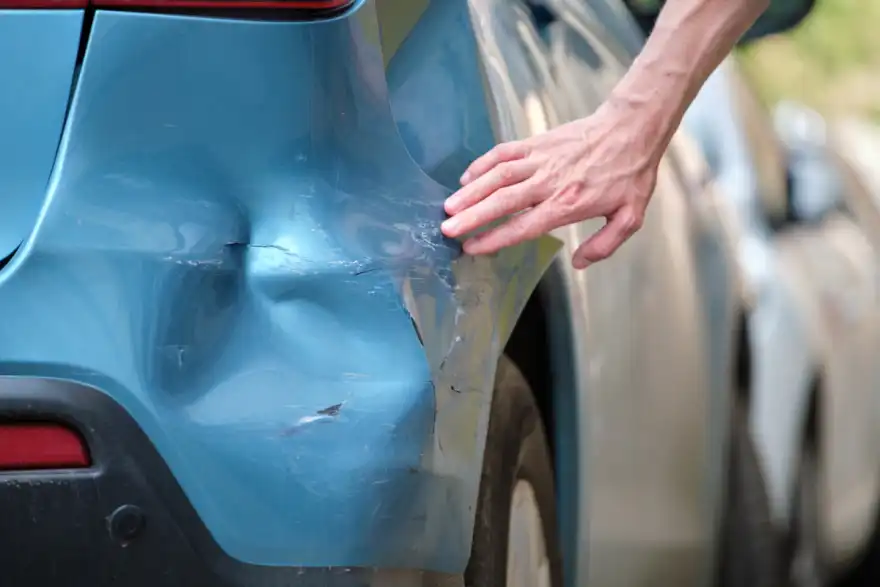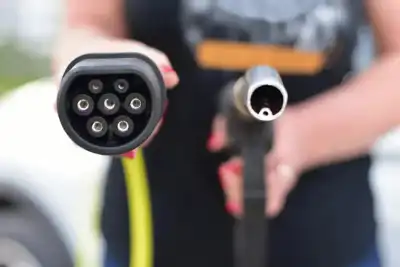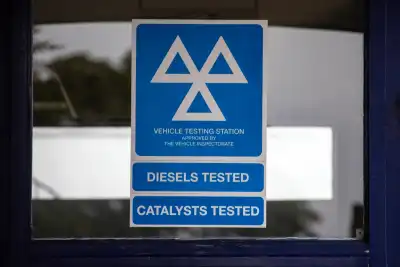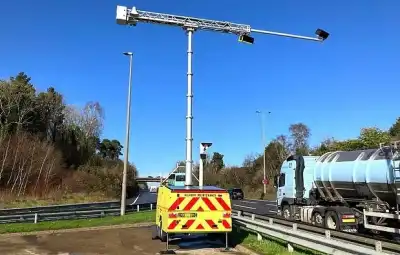
If you assume the bumper is the first thing to get smashed in a car accident, you're not alone — but modern crashes are causing more expensive problems than a few dents. Thanks to how much tech is crammed into new cars, it's actually the electrical systems that are taking a beating.
According to research from the AA, a huge 99% of repairs they carried out last year involved replacing a car’s wiring looms — basically, the network of wires that powers and connects loads of features, from adaptive cruise control to parking sensors. And since a lot of these features sit right where the impact happens, they’re easily damaged.
Tim Rankin, who runs AA Accident Assist, explains: “With every evolution of vehicle technology come more sophisticated and high-tech repairs.
“Wiring looms might seem innocuous, but the wires do more than just carry power around the car. The wires help run fundamental safety features around the car, such as images, speed data and radar technology,” continued Rankin. “With more semi-autonomous driving-assistance packages being placed on cars as standard, repairers are being tasked to fix and calibrate, as opposed to simply replace and fit.”
All this added complexity means repairs are getting pricier, fast. Warrantywise says repair bills jumped 20% in 2024 alone, making things even tougher for drivers who are already feeling the squeeze.
What’s surprising is that most people don’t realise how often wiring gets damaged. Out of 10,000 people surveyed by the AA, only 1% guessed that wiring was the most common issue after a crash. Over a third thought bumpers were number one — even though they’re involved in 59% of repairs. Rear crash beams get fixed 57% of the time, while front crash beams come in at 32%.




